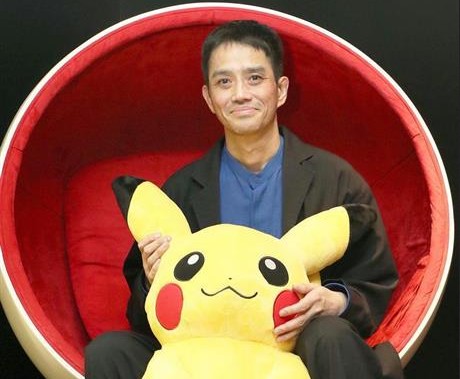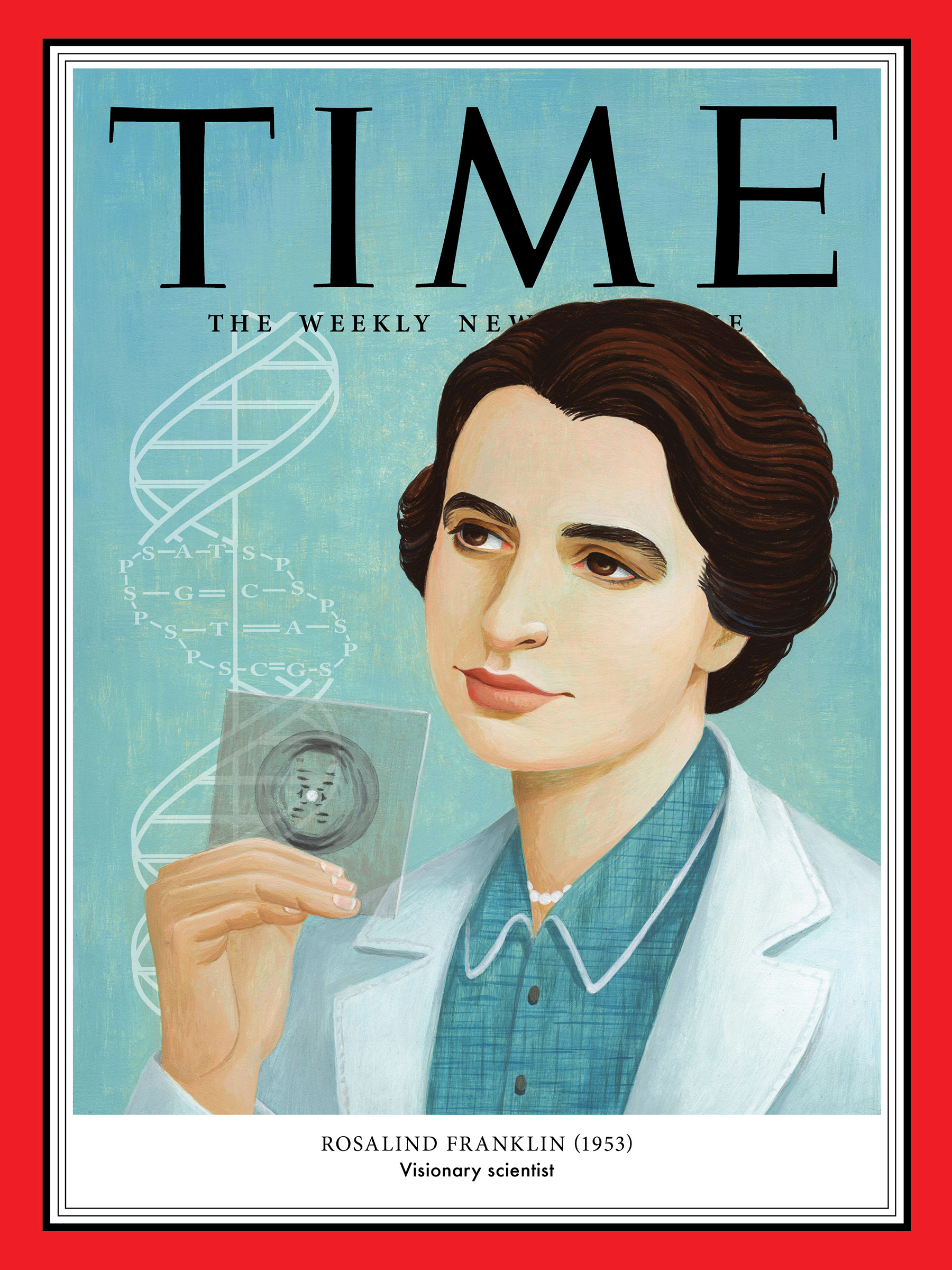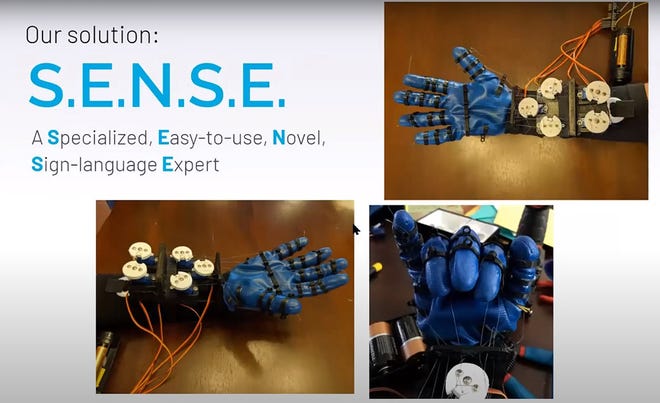Internet culture is kind of like Reaganomics in that there are certain niche groups who will coin words or images and then this trickles down to more mainstream circles. A favorite Honor quote of mine from the podcast is “all culture is downstream from reactionary incels”. This is pretty much entirely true. Knowing this, Levy writes in a totally new fashion tailored to the high speed of the contemporary world. In her officially published articles we get a sense of this but they are much more comprehensible to the average viewer than say her tweets or substack posts, which, to the untrained eye, appear very “schizzed”. I believe she is to come out with a book this year, and I am curious if it will be in her more professional style. Lots of people say that Honor Levy and the circle she runs in, irl or online, is insular and reactionary, but truly anyone can gain acceptance within if they just post good enough.
I used the term vibe shift which itself has become a meme at this point, but it is a powerful phrase that is apt in some situations. It is tired at this point especially due to more mainstream platforms coming out with articles about it or the “zeitgeist” and in doing so somewhat misunderstanding what they attempt to describe. I’m not going to describe anything right now as it requires so much context that you Had To Be There For, I am simply trying to impress upon readers the impact Honor Levy has had on internet vibes. She gets it! That’s how it boils down.
Levy tetters the line of pro-C as she has made money off of some efforts but it is definitely not the traditional idea of “professional”. As for her motivation, a lot of it can be considered extrinsic but the writings are so personal there must be an aspect of an intrinsic need to get these feelings out.
























